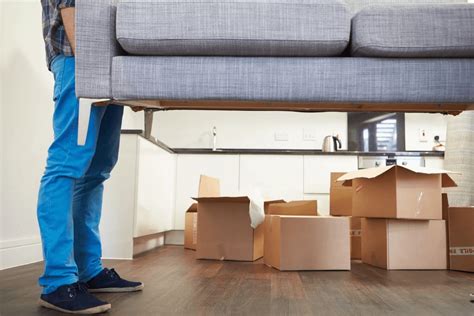Save Time: Efficient Furniture Moving for Flooring Projects
Flooring projects are exciting, transforming the look and feel of your home. However, the prospect of moving all your furniture can feel daunting, consuming precious time and potentially delaying the entire project. This comprehensive guide provides efficient strategies to minimize furniture-moving headaches, ensuring your flooring installation progresses smoothly and quickly. We'll cover everything from planning and preparation to smart techniques for moving different types of furniture.
How Can I Efficiently Move Furniture for Flooring?
Efficient furniture moving begins long before the installers arrive. Proper planning and preparation are key to minimizing disruption and maximizing your time. Here’s a step-by-step approach:
1. Declutter and Purge: Before even thinking about moving furniture, declutter the rooms where the flooring will be installed. Donate, sell, or discard unwanted items. This reduces the overall volume of furniture you need to move, significantly speeding up the process.
2. Room-by-Room Assessment: Create a detailed plan for each room. Identify which furniture pieces are easily movable, which require assistance, and which can be left in place (with appropriate protection, of course). Consider using a floor plan or sketching the room layout to visualize the moving process.
3. Gather Your Supplies: This is crucial for a smooth operation. You'll need:
- Furniture sliders: These are invaluable for gliding heavy pieces across the floor without scratching.
- Appliance dollies: Perfect for larger items like refrigerators (if applicable, although generally best to move appliances completely out of the work area).
- Moving blankets or pads: Protect your furniture from scratches and damage during the move.
- Packing tape: Securely fasten blankets to furniture for added protection.
- Hand truck/Dolly: For heavier items, especially up and down stairs.
- Gloves: To protect your hands.
- Help: Enlist friends, family, or hire professionals for heavier items.
What Furniture Can I Leave in Place During Flooring Installation?
Not everything needs to be moved! Some furniture pieces can remain in place provided they are adequately protected. This includes:
- Wall-mounted furniture: Shelves, artwork, and mirrors typically won't interfere with flooring installation.
- Small, lightweight items: Occasional tables, small chairs, or decorative pieces can often remain, provided they're covered to avoid damage.
Remember to always consult with your flooring installer to discuss what can be left in place. Their expertise will prevent any potential issues during installation.
How Do I Protect My Furniture During a Flooring Project?
Protecting your furniture is paramount. This prevents scratches, scuffs, and damage from the flooring installation process.
- Moving Blankets: Wrap furniture legs and other vulnerable parts in moving blankets secured with packing tape.
- Plastic Sheeting: Use plastic sheeting to cover larger pieces of furniture that cannot be moved.
- Floor Protection: Install plastic sheeting or floor coverings in areas that will not be directly worked on, to protect from debris.
How Do I Move Heavy Furniture Efficiently?
Moving heavy furniture requires careful planning and potentially some extra help.
- Leverage Furniture Sliders: Place sliders under furniture legs to make moving much easier, especially across hard floors.
- Teamwork: Enlist help! Heavy pieces should be moved by at least two people to avoid injury and damage.
- Proper Lifting Techniques: Always lift with your legs, not your back, to prevent injury.
- Consider Professional Movers: For exceptionally heavy or valuable pieces, hiring professional movers is a worthwhile investment.
What About Moving Furniture Up and Down Stairs?
Moving furniture up and down stairs adds complexity. Here’s what you need to consider:
- Hand Truck/Dolly: Essential for transporting heavy items safely.
- Stair Protection: Protect the stairs with padding to prevent damage.
- Strategic Placement: Ensure the hand truck is properly balanced to prevent tipping.
- Additional Help: Moving furniture up and down stairs always benefits from extra hands.
By following these strategies, you can transform a potentially stressful furniture-moving task into a manageable and efficient process, ensuring your flooring project runs smoothly and on schedule. Remember to always prioritize safety and seek assistance when needed for heavier items.

